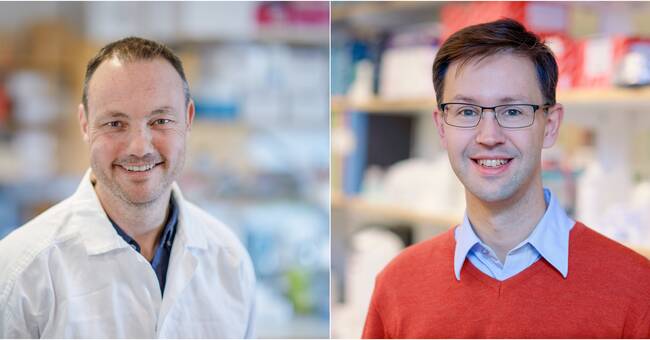Using an advanced microscope, the researchers have been able to take detailed pictures of a so-called enteric adenovirus and put together a kind of three-dimensional puzzle that shows what the virus looks like at the atomic level.
It is one of the most complex biological structures studied at this level.
The virus can cause vaccines
Now the researchers hope in the long run to be able to use the virus to fight diseases such as covid-19.
Several of the new vaccines tested against covid-19 are based on genetically modified adenovirus.
Today, the vaccine must be taken by syringe in order for it to work in the body, but if a vaccine could instead be based on an enteric adenovirus, the vaccine could be swallowed as a pill or drops instead.
This would facilitate large-scale vaccination.
- It would save a lot of resources and care staff that could then be used for other things, says Lars-Anders Carlson, assistant university lecturer at the Department of Medical Chemistry and Biophysics, who conducted the study together with Niklas Arnberg, professor at the Department of Clinical Microbiology.
The stomach disease virus causes children to suffer from diarrhea and dehydration, and every year 50,000 children die from the virus, mainly in the third world.
Children in Sweden are also affected by this stomach disease virus.
In Sweden, there is a much lower risk of dying because healthcare is better, but it is still a long-lasting and troublesome disease and society is burdened by parents being forced to give birth.
There is a lack of both medicines and vaccines against this virus, as well as against most other viruses.
The new discovery could help to develop a vaccine against the enteric adenovirus, which would then both have positive effects on the national economy, but also prevent illness and death.
The enteric adenovirus HAdV-F41.
Photo: Karim Rafie

